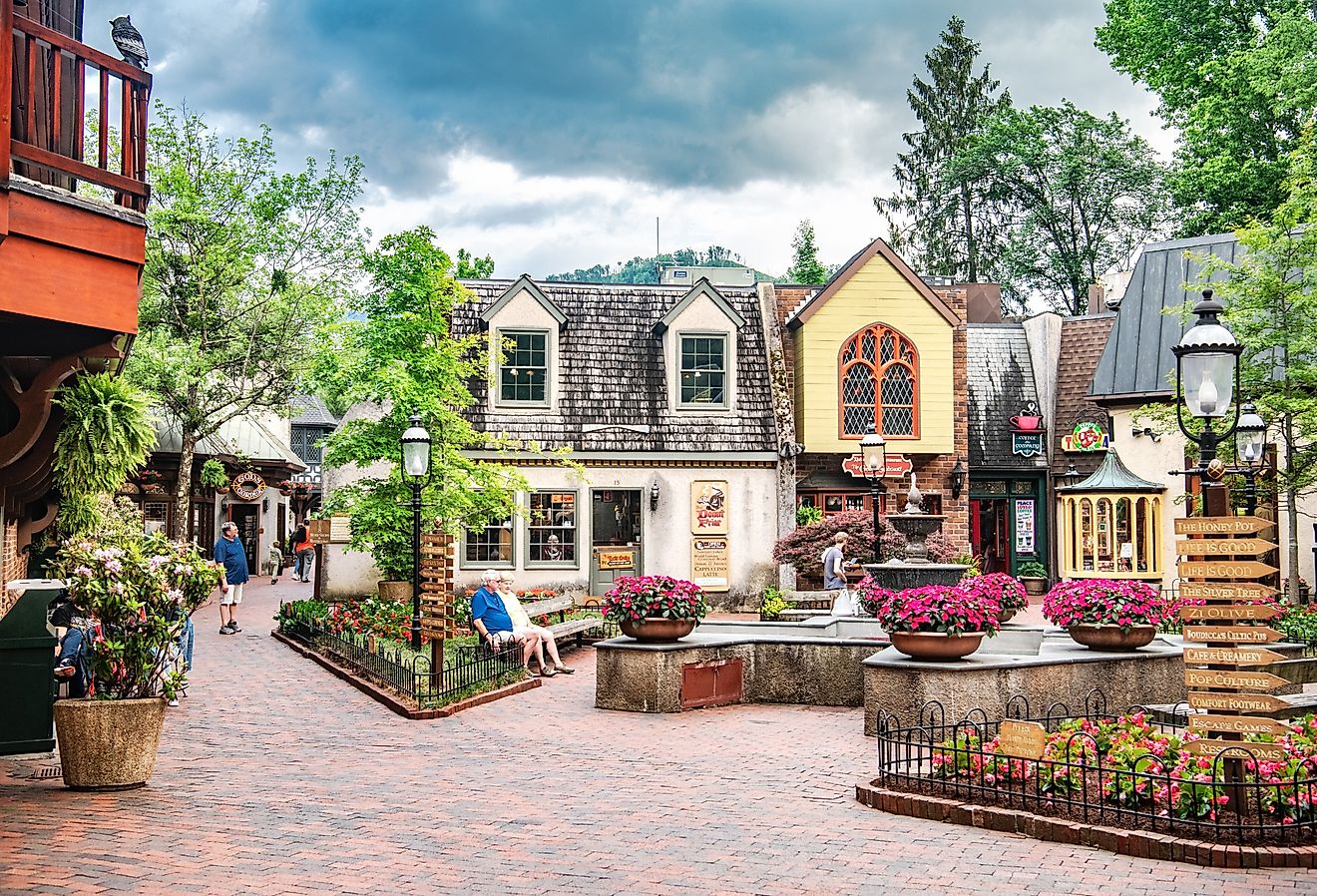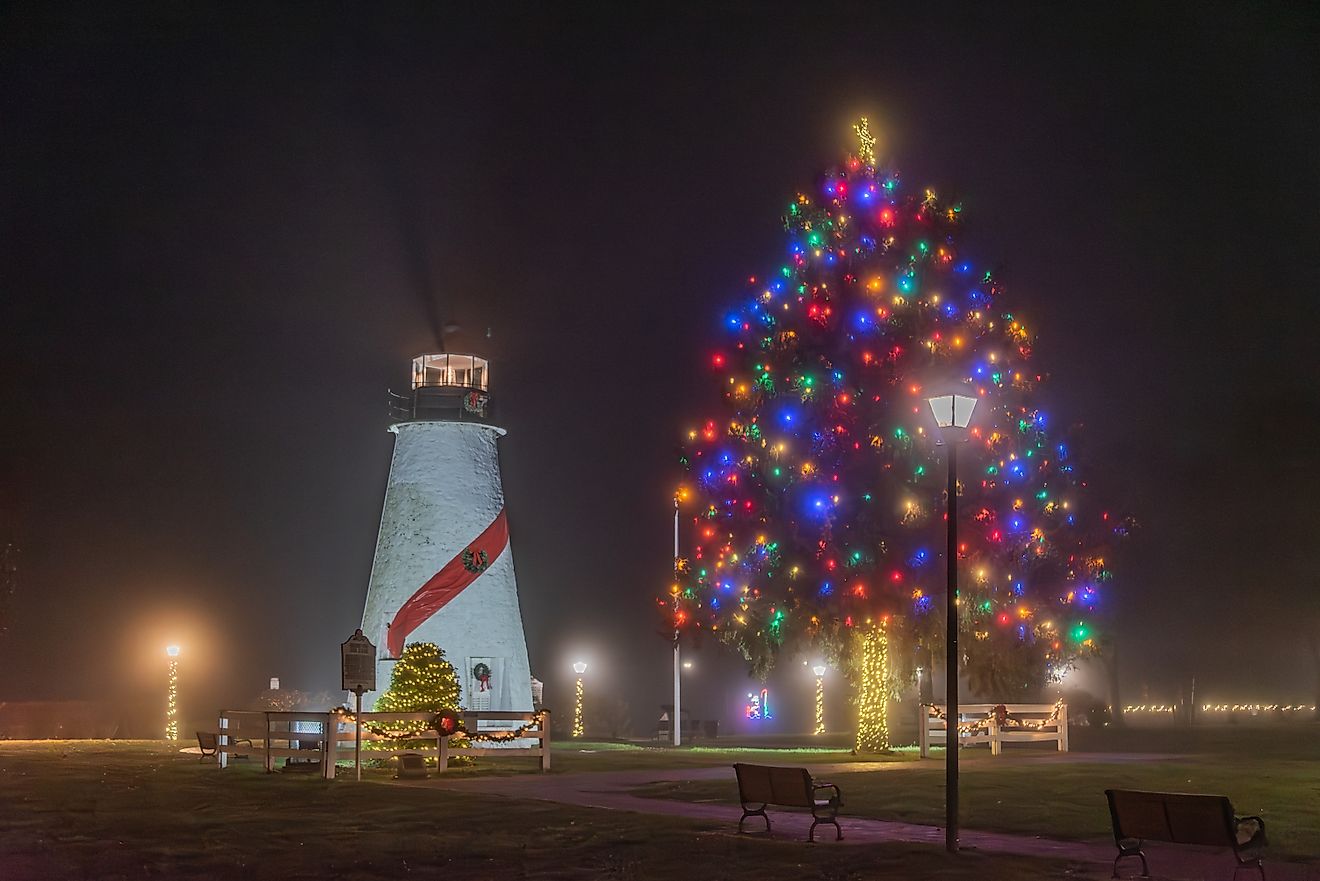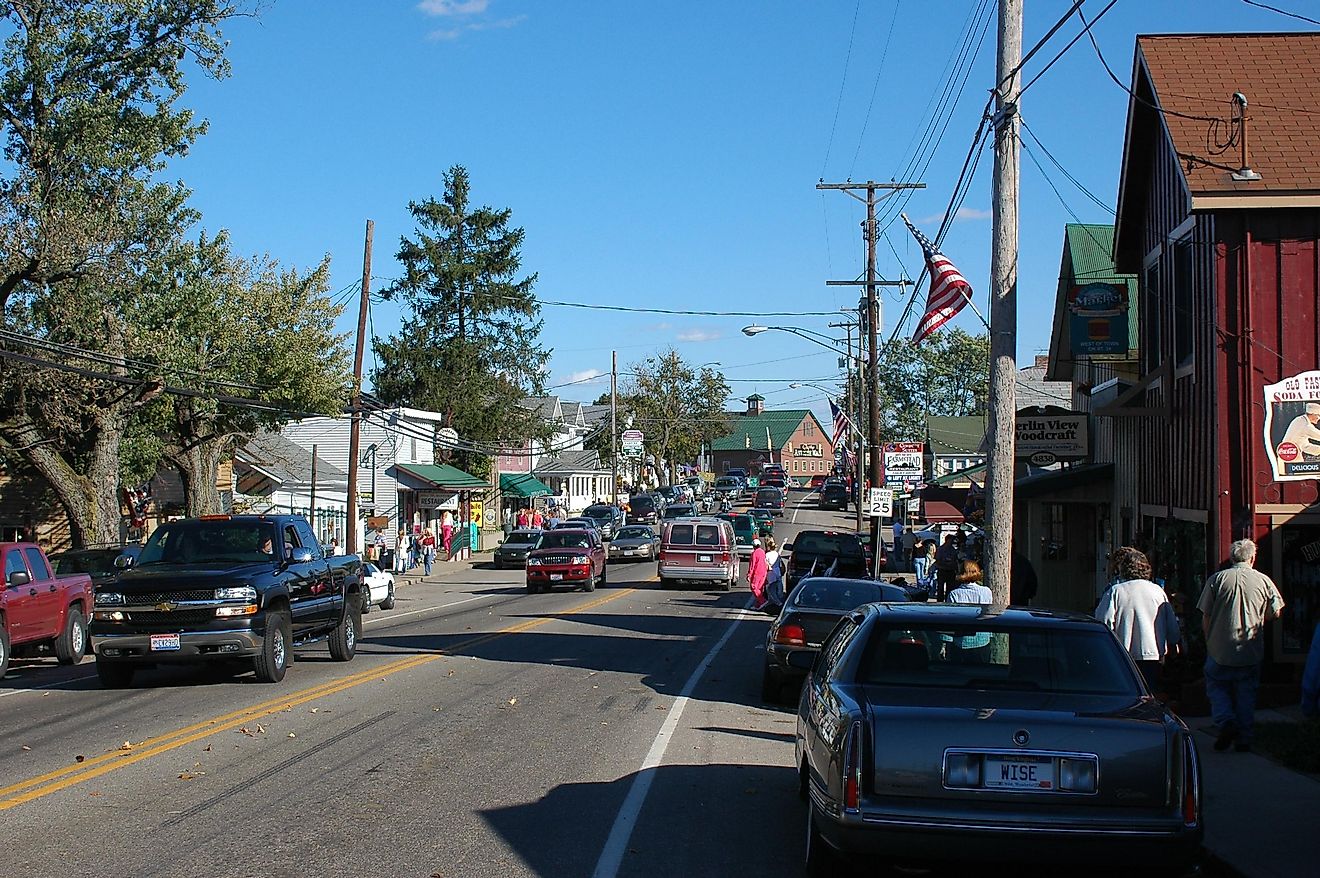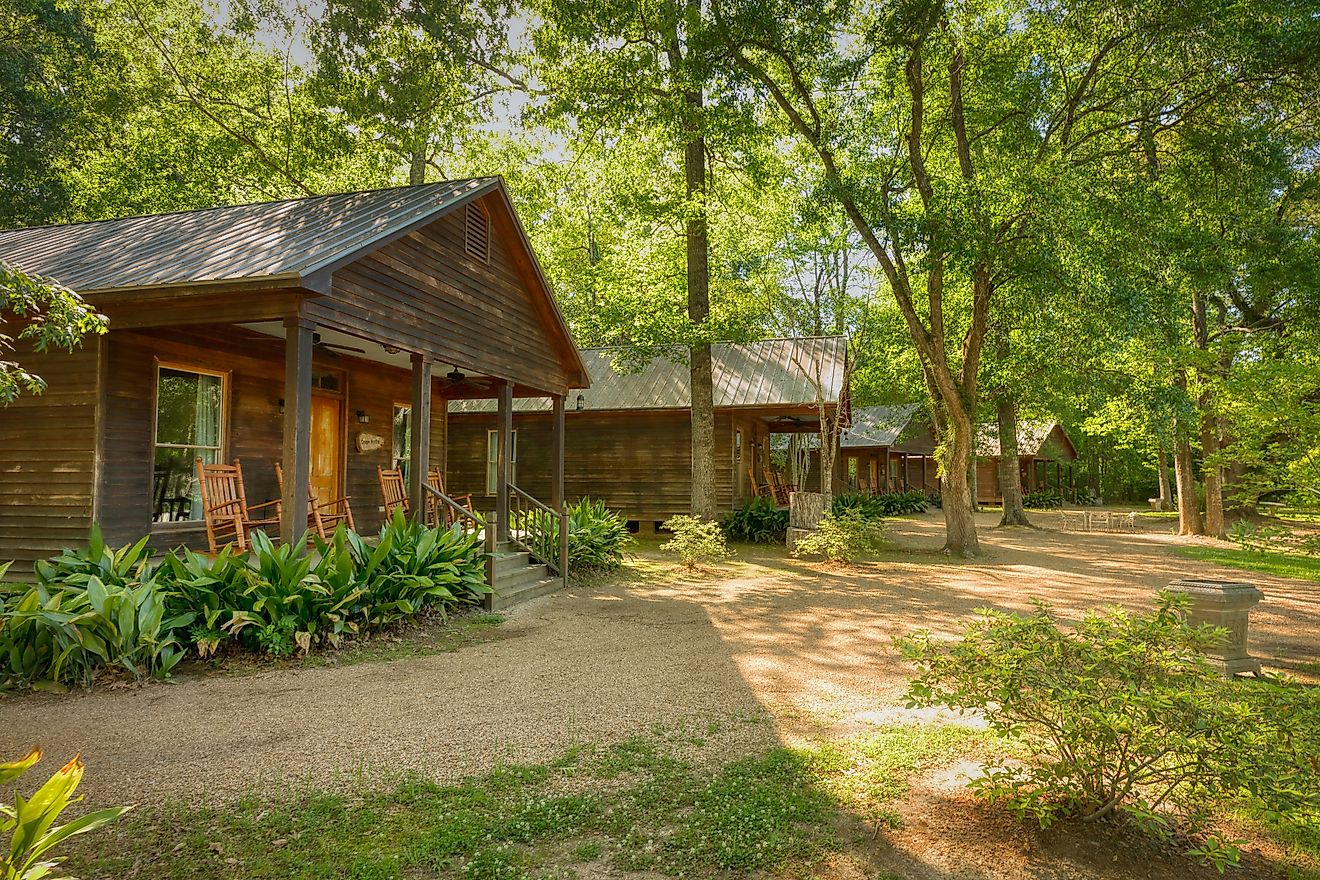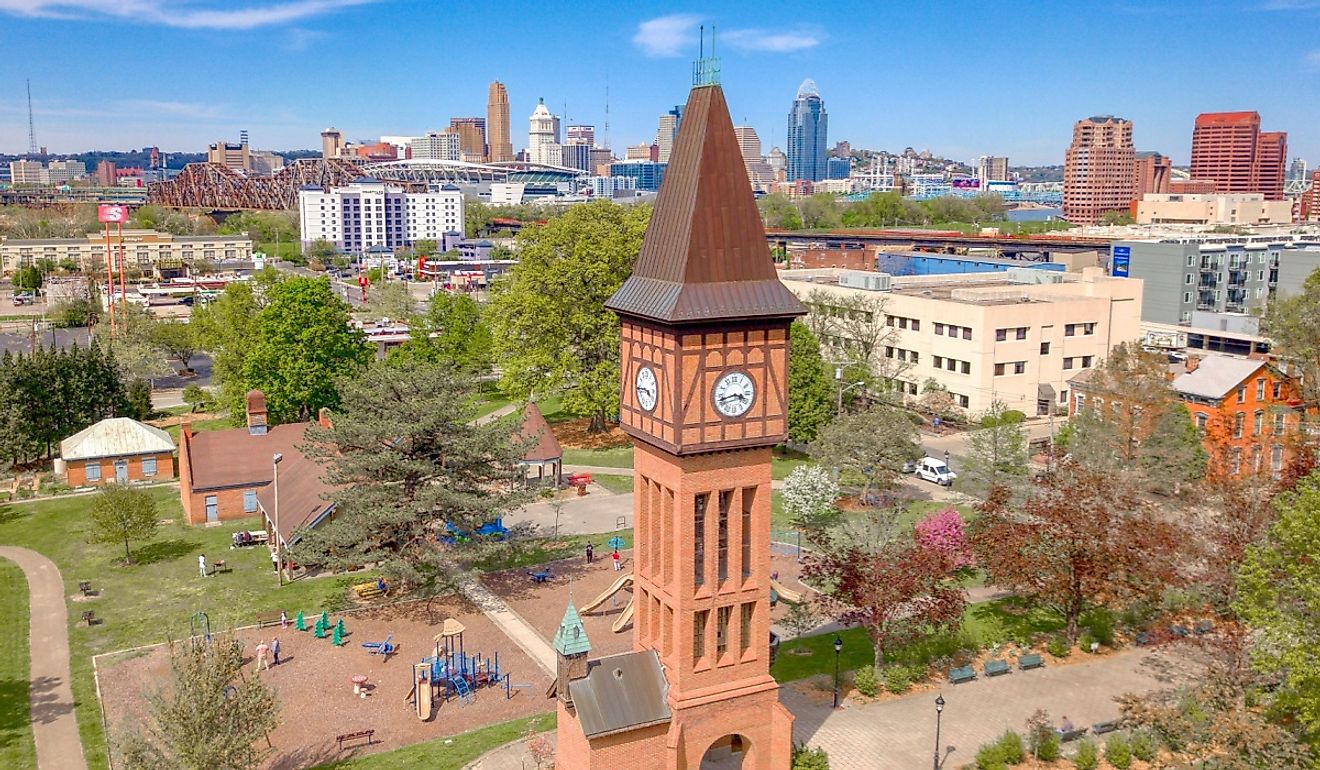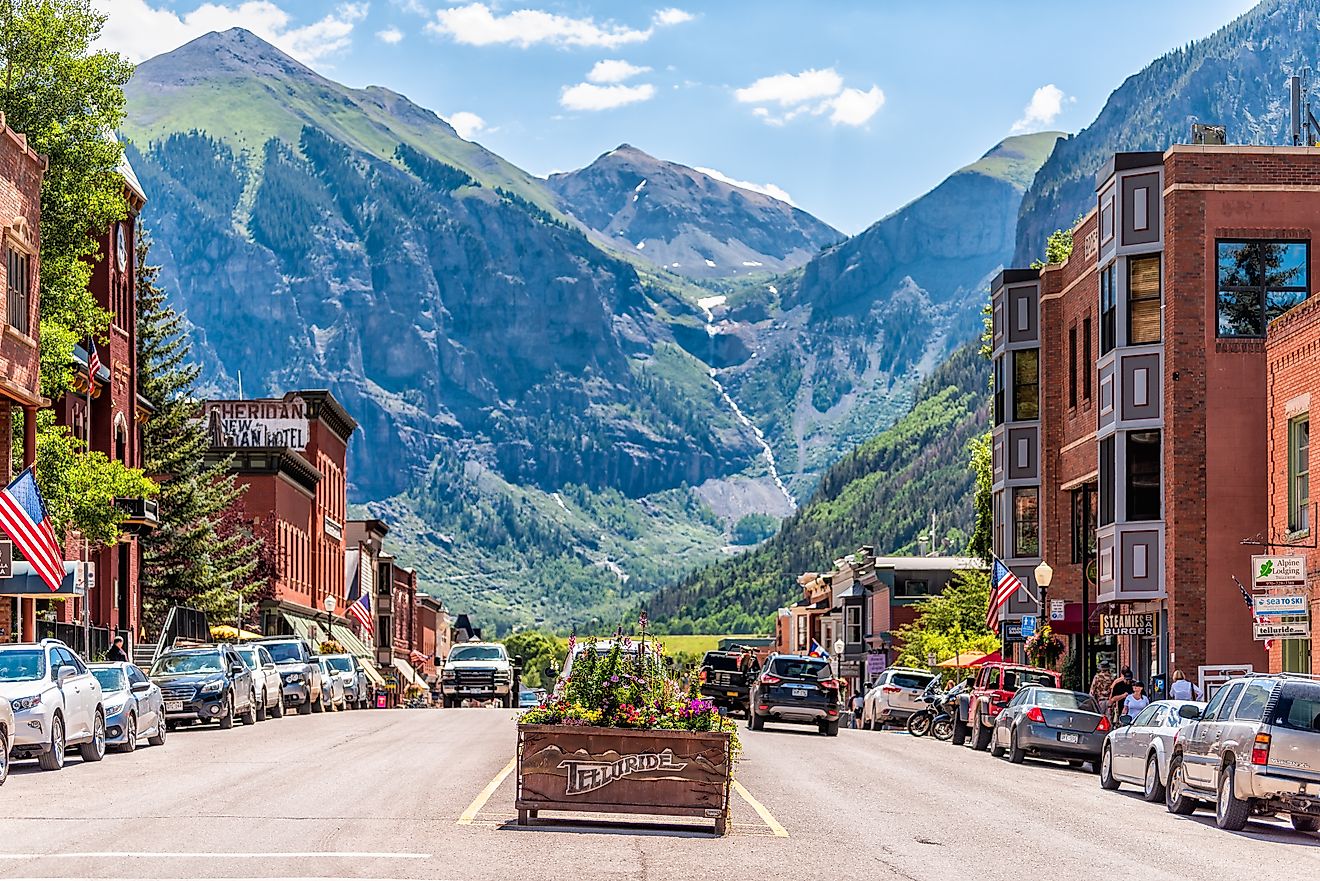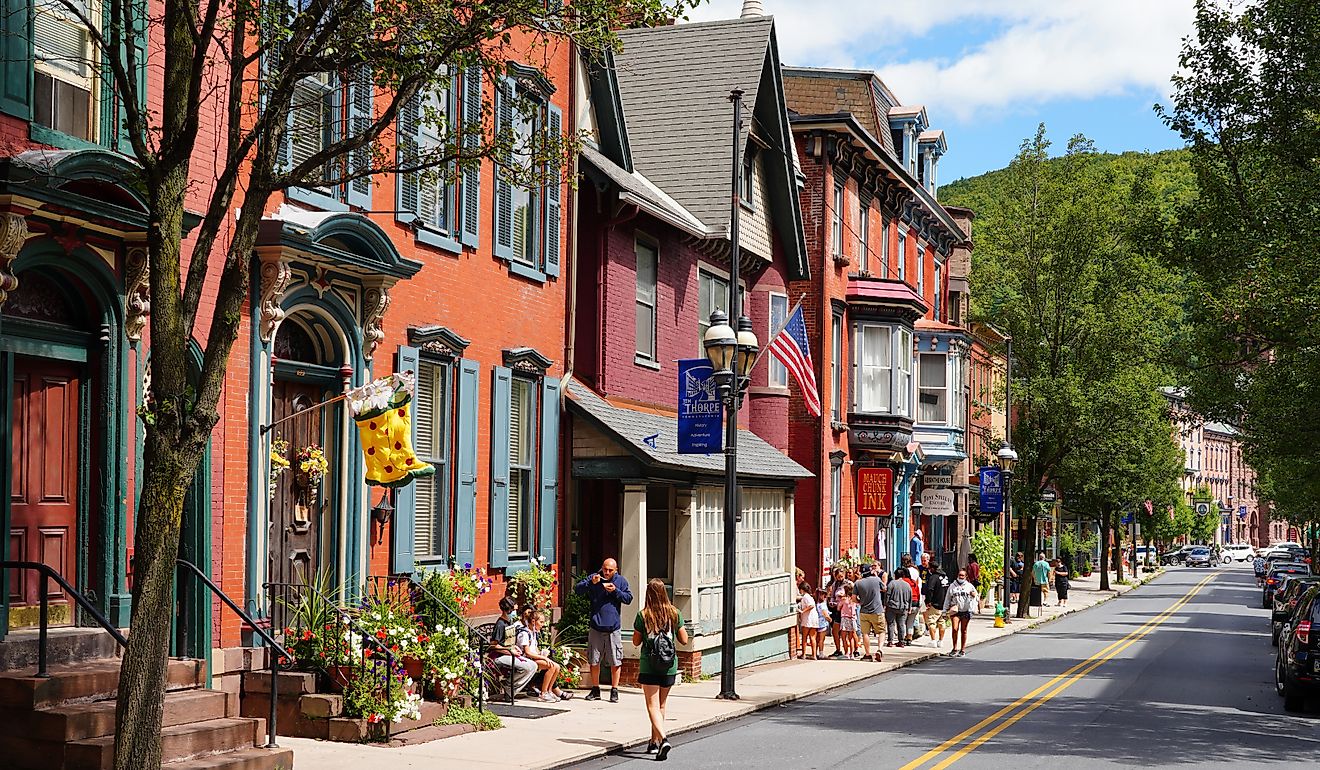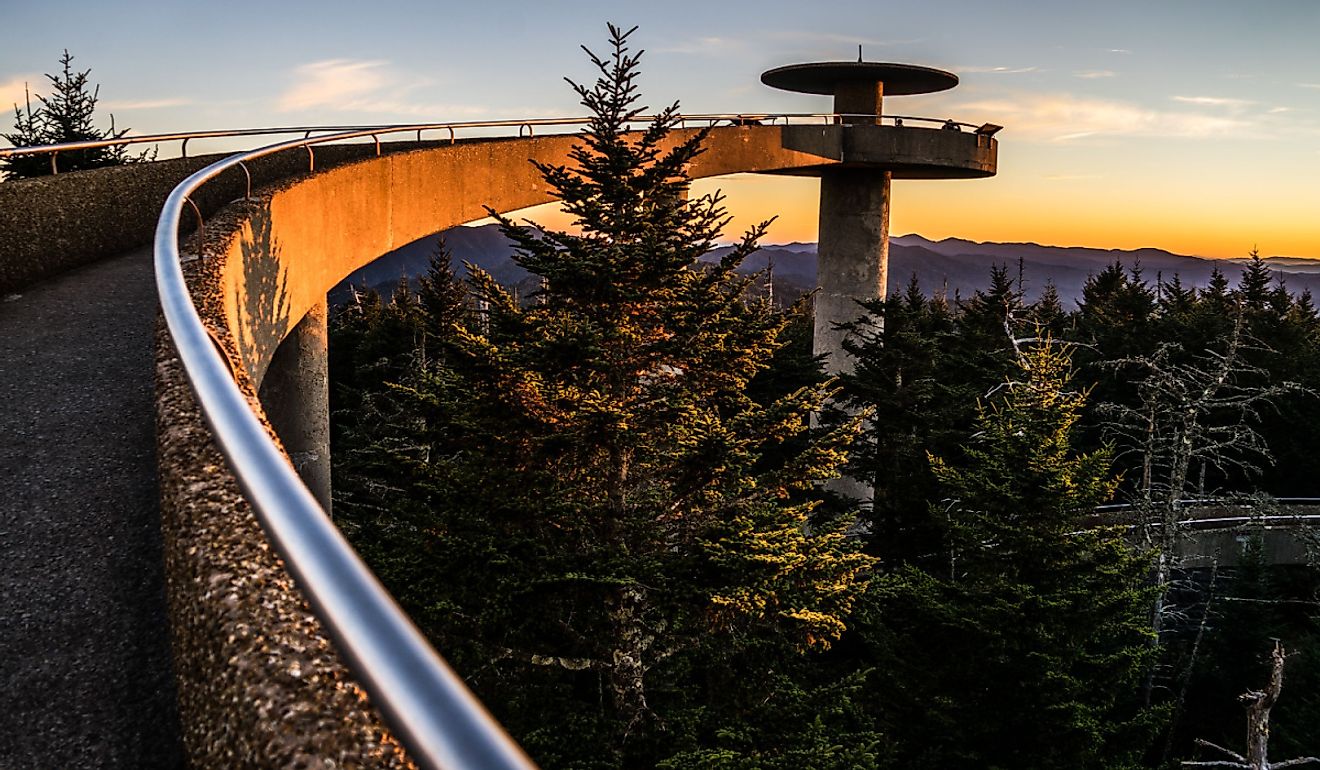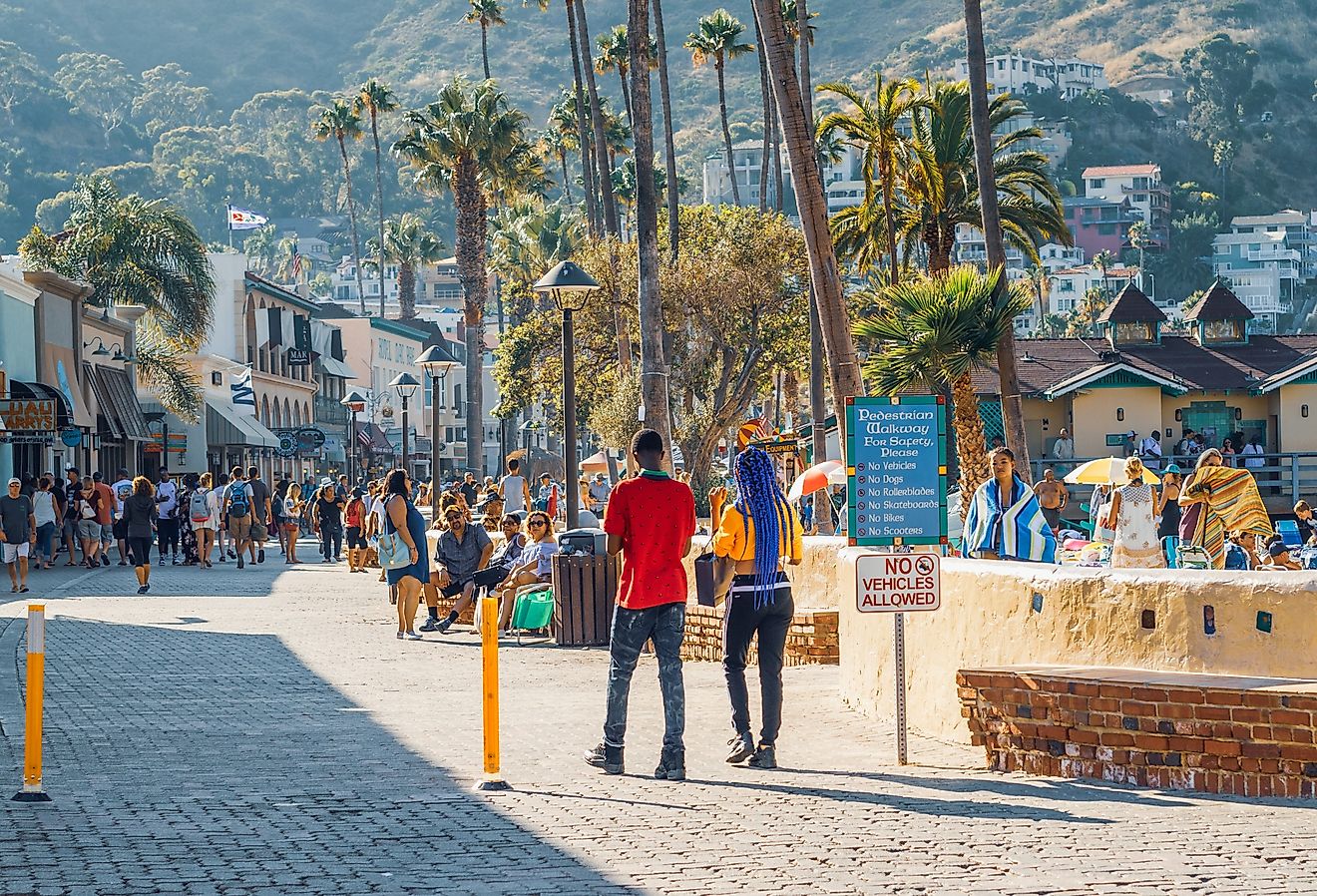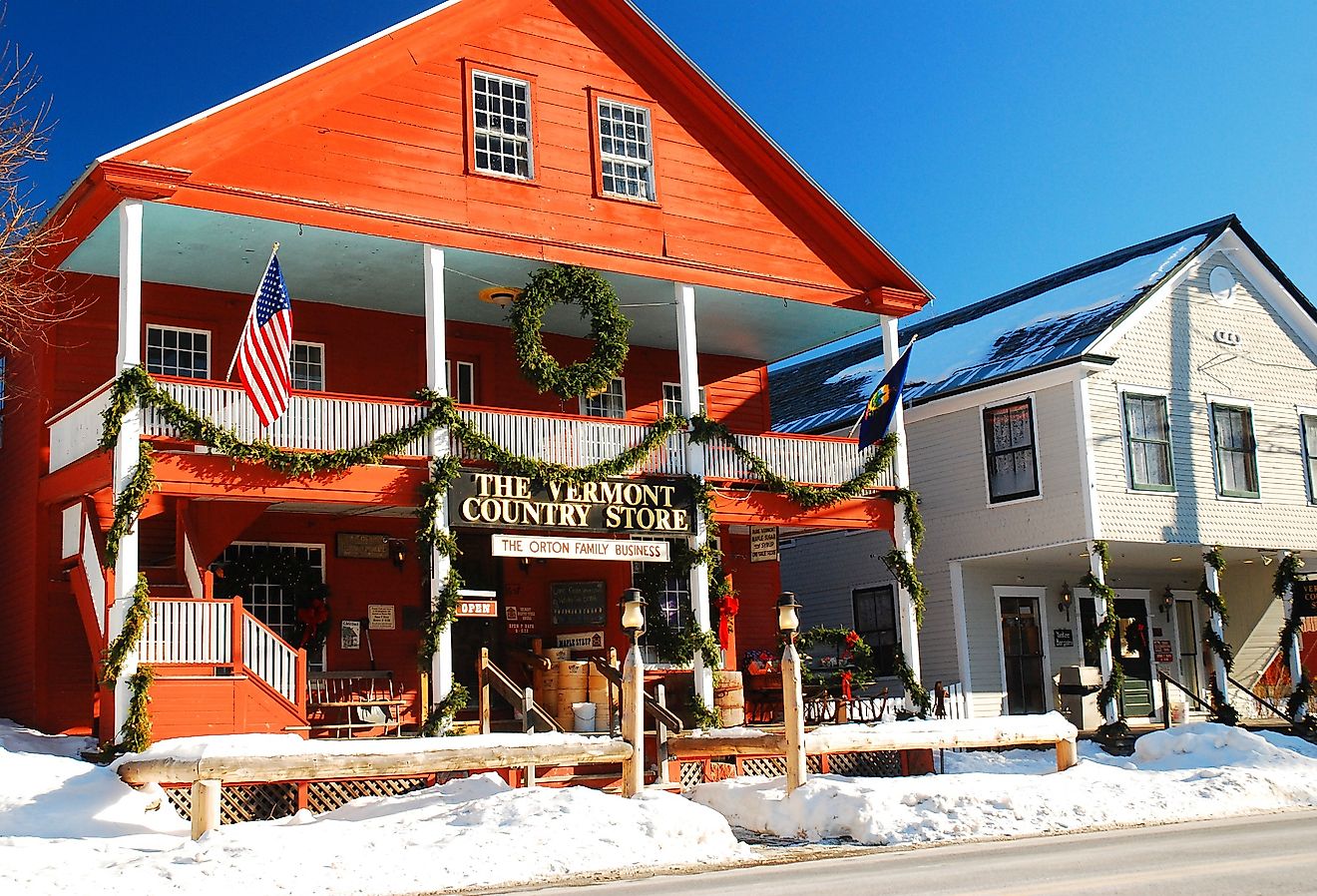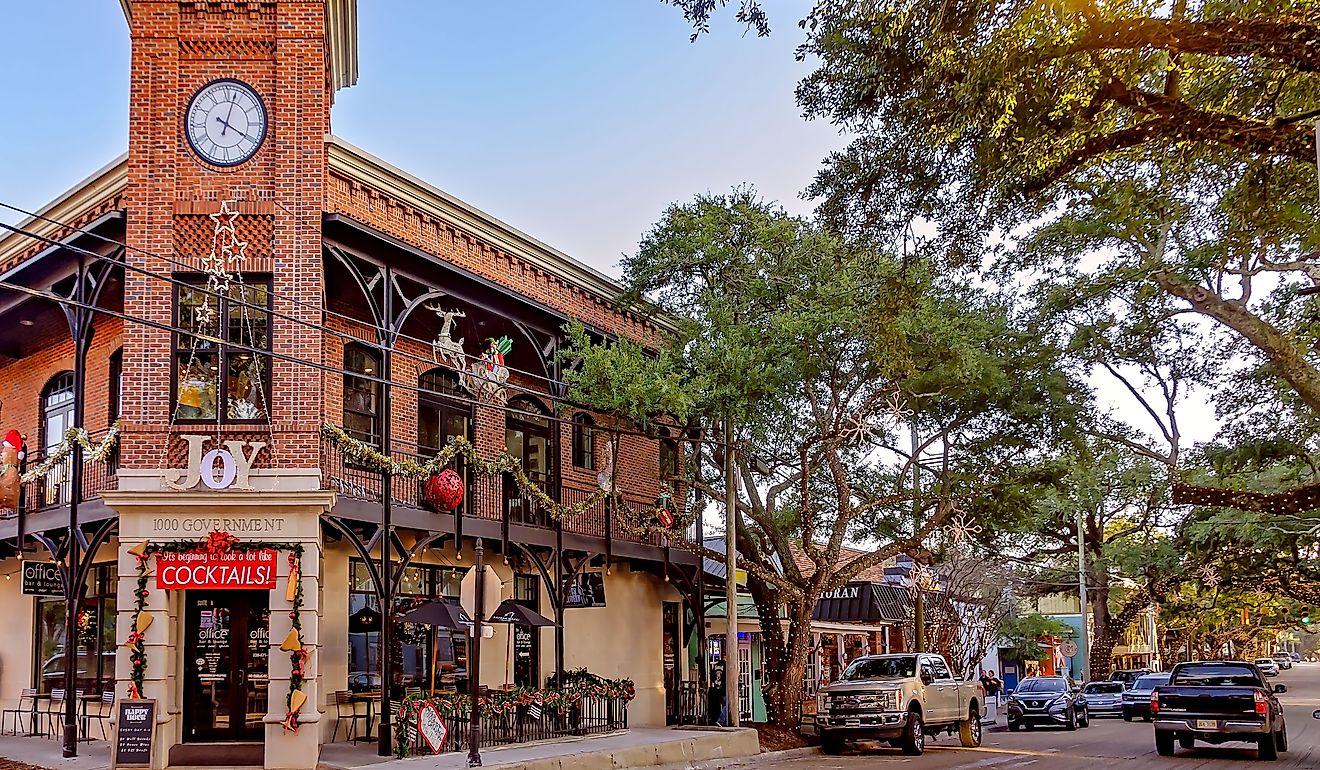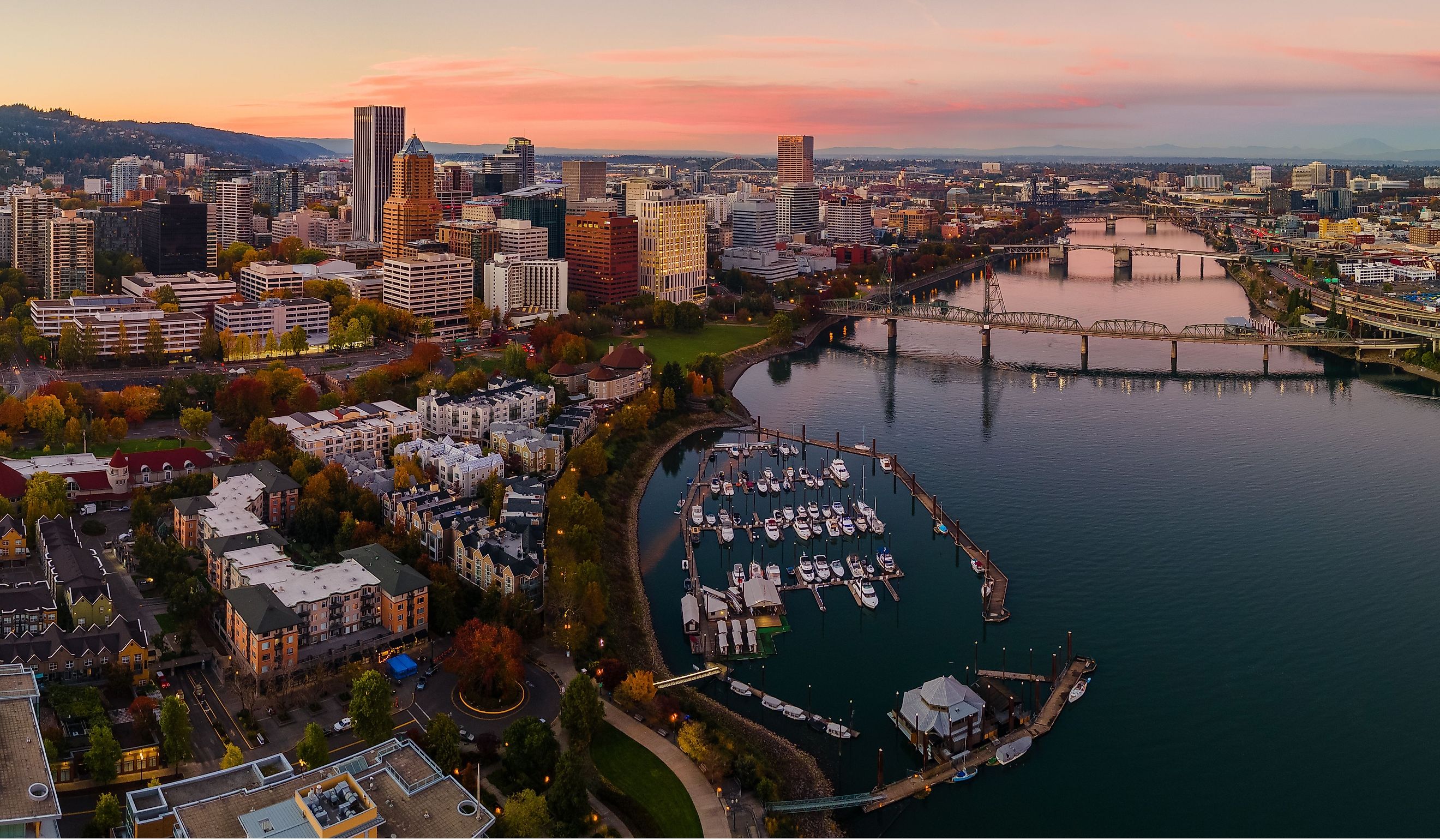
Portland, Oregon
Portland is the largest city and capital of Oregon, a state that is sandwiched on the Pacific coast between Washington and California. It has a longstanding history as an important port town and a cultural hub in the region, and today it is one of the most visited cities in the country.
Full of natural beauty and innovative institutions, Portland stands as one of the most progressive places in the modern-day United States. With its most popular slogan being "Keep Portland Weird," the city maintains a unique allure for its diverse mix of communities, including artists, tech innovators, and lumberjacks, just to name a few.
Geography of Portland
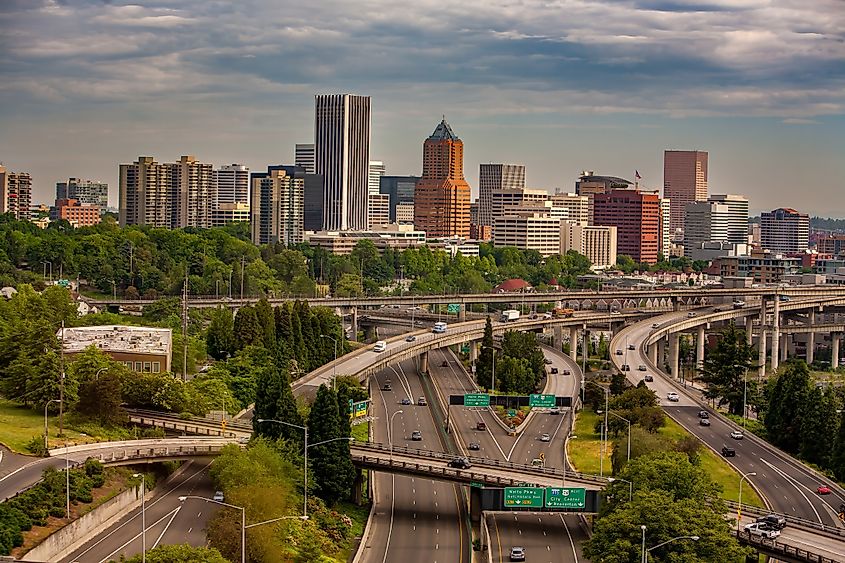
Portland is situated at the confluence of the Willamette and Columbia Rivers. The city lies within what is called the Tualatin Valley, bordered to the west by the Coast Mountain Range and to the east by the Cascade Range. Its location means wonderful natural features, such as Mount Hood, an iconic stratovolcano southeast of the city, are visible around the city on clear days.
The Willamette River flows through the heart of Portland, dividing the city into its east and west sides. Numerous bridges span the river, earning Portland the nickname "Bridgetown." On the other hand, the Columbia River forms the city’s northern boundary and serves as a natural border with Washington State (with the city of Vancouver, Washington, sitting directly across the water). This river system has historically been vital for trade and transportation in the region.
Portland’s geography is shaped in large part by volcanic activity, with geographic features like Powell Butte and Rocky Butte towering nearby. The city is also home to Forest Park, one of the largest urban forests in the country, situated within the West Hills. Here, you can witness up close much of the flora and fauna that exemplifies the coastal Pacific Northwest, such as massive Douglas fir trees and Roosevelt elk, just to name a few in the highly biodiverse part of the country.
Portland’s climate, classified as warm-summer Mediterranean, is influenced by its proximity to the Pacific Ocean, about 70 miles west. This pattern of weather, with warm summers and rainy winters, creates the lush greenery that is abundant in and around the city.
A Brief History of Portland

Portland was officially incorporated by the government of the United States in 1845 and has a history heavily shaped by its unique geography, industry, and migration. The area was originally inhabited by Indigenous peoples, including the Multnomah, Clackamas, and Chinook tribes, who thrived along the Columbia and Willamette Rivers. They relied primarily on fishing for subsistence, particularly salmon, as well as trade along the extensive nearby waterways.
European settlement began in the early 19th century when fur traders and pioneers arrived via what is called the Oregon Trail. In 1843, American settlers William Overton and Asa Lovejoy filed a land claim in what would become downtown Portland. From then on, settlements in the area expanded before businessman and real estate investor Francis Pettygrove, originally from Portland, Maine, chose to name the settlement after his hometown.
Portland's location at the confluence of two major rivers made it an important hub for shipping and commerce in this far-flung region of the country during the mid-19th century. The city grew rapidly after the California Gold Rush, serving as a supply center for miners. The arrival of the railroads further boosted Portland’s economy, connecting it to national markets.
By the early 20th century, Portland had become well known for its timber industry, thanks to the abundant forests surrounding the city and covering much of the Pacific Northwest. Because of the success of the timber industry, however, many of the area's old-growth trees no longer exist, unfortunately.
Portland evolved in the post-World War II era, becoming a center for manufacturing and shipping. In the late 20th century, it gained recognition for its commitment to environmentalism, urban planning, and counterculture movements. Today, the city is celebrated for its robust arts scene and access to a wide range of parks, drawing millions of visitors annually to Oregon's largest metropolis.
The Population and Economy of Portland
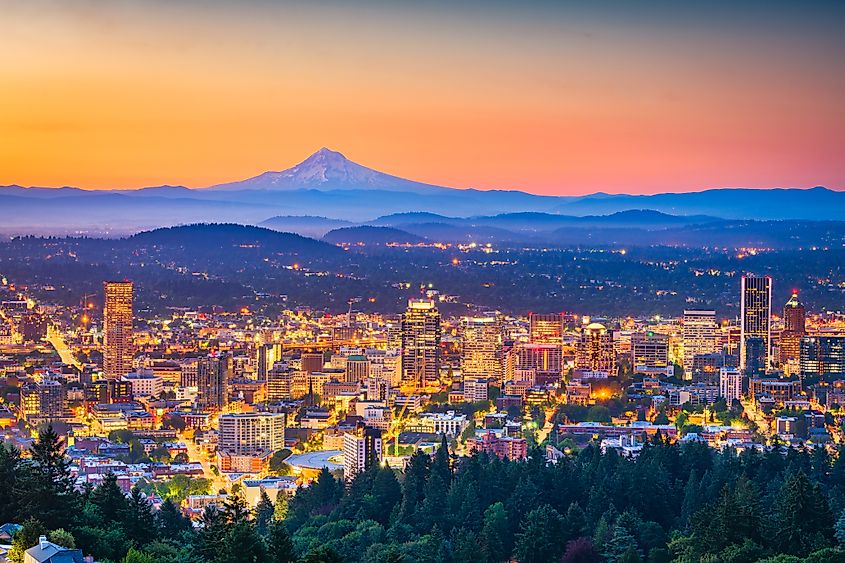
As mentioned, Portland has a fairly diverse economy rooted in its strategic location, natural resources, and, in more modern times, its innovative, artistic, and academic culture.
Historically, the city thrived on industries such as timber, gold extraction, shipping, and manufacturing, benefiting from its proximity to the Columbia and Willamette Rivers and the Pacific Ocean. These waterways have ensured Portland's prominence as a port city and trade hub, with the Port of Portland playing a vital role in exporting agricultural products and importing goods to this day.
As with many American cities in recent decades, the economy of Portland, Oregon, has shifted more towards technology, sustainability, and creative industries. For example, Portland is a key player in what is known as the “Silicon Forest,” a cluster of high-tech companies in the city's metro area that have largely driven tech innovation in the United States as a whole. Major corporations, such as Intel, have a significant presence in the metropolitan area. Iconic brands, like Nike and Columbia Sportswear, are also based out of Portland.
Portland's population is approximately 630,000 as of 2024, making it Oregon’s largest city, with Eugene trailing behind at second with about 178,000 residents. The greater Portland metro area, home to over 2.5 million people, accounts for nearly half of the state's population.
Tourist Attractions In and Around Portland
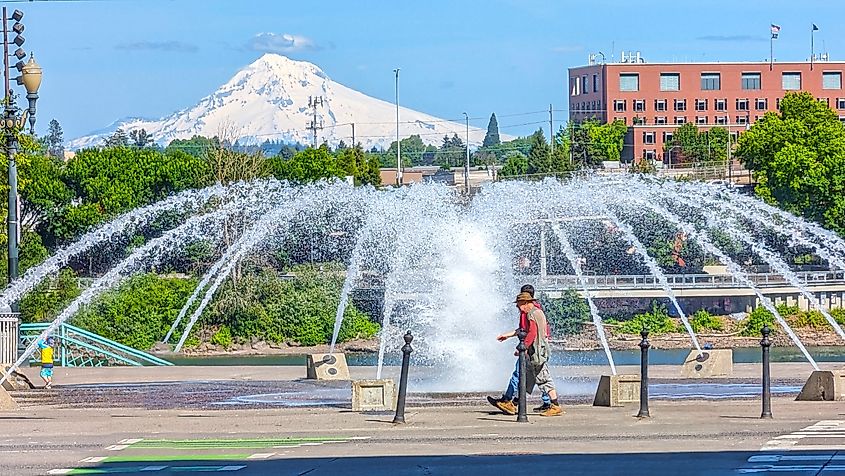
Today, tourism is a major part of Portland's economy. In 2023 alone, the city reportedly brought in 5.4 billion dollars from over 12 million visitors. Given the city's gorgeous landscape and plethora of cultural institutions, these figures should come as no surprise. Here are a few of the best destinations you should consider checking out the next time you're in Portland, Oregon.
Portland Japanese Garden
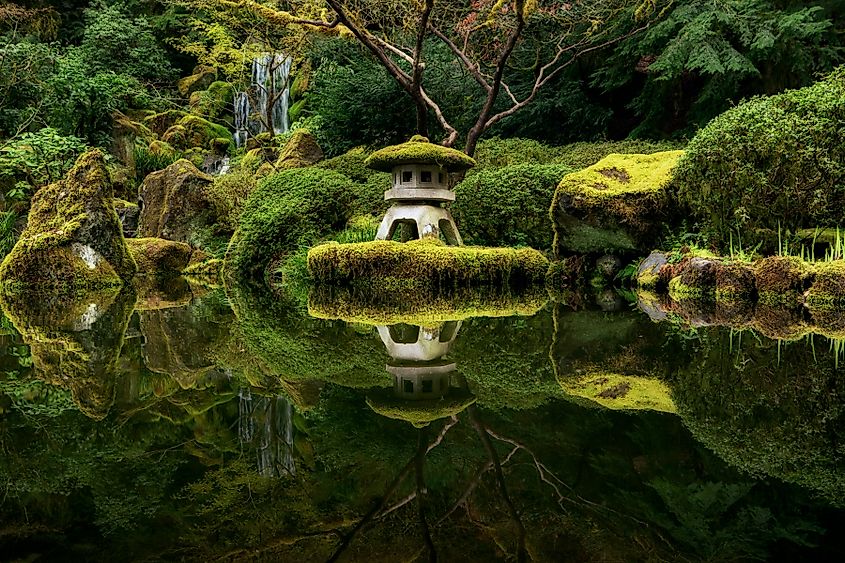
The Portland Japanese Garden, located in Washington Park in the northwest portion of the city, is a wonderful 5.5-acre space that showcases the beauty of traditional Japanese garden design. Established in 1963, it is considered one of the most authentic Japanese gardens outside Japan.
The garden features several distinct areas, including a koi pond, a zen garden, a tea garden, and the Strolling Pond Garden (the largest section on the grounds). Visitors come to experience the serene atmosphere, enhanced by meticulously landscaped plants and the ideal growing climate of Portland.
The garden regularly offers guided programs, exhibitions, and tea ceremonies, making it a surprisingly highly interactive attraction.
Powell's City of Books
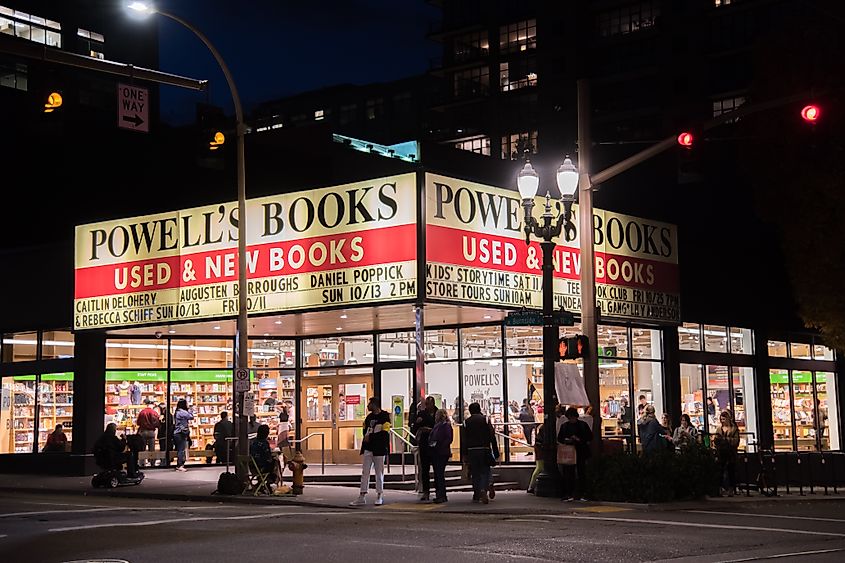
As the largest independently owned bookstore in the world, this wildly popular business earns a mention. Powell's City of Books is located in Portland's Pearl District and spans over 68,000 square feet. It houses more than a million new and used books across every genre imaginable.
Founded in 1971, Powell's has become a beloved cultural landmark to all Portlanders and bookworms alike, offering an extensive collection of titles, from rare and out-of-print volumes to contemporary bestsellers. The store’s unique color-coded rooms make it easy and fun to navigate. Powell's also hosts author events, book signings, and literary discussions, giving yet more reasons for book lovers to check out this iconic locale.
Mount Hood

Mount Hood is Oregon's tallest peak at 11,240 feet. It is a prominent destination for outdoor enthusiasts and a defining feature of the Portland skyline. Located about 50 miles directly east of the city limits, the mountain is a renowned place for year-round activities.
In winter, its slopes attract skiers and snowboarders to resorts like Timberline Lodge (whose exterior was used in Stanley Kubrick's classic film "The Shining") and Mt. Hood Meadows. During summer, visitors enjoy the many hiking trails, alpine lakes, and scenic drives along the Mt. Hood Scenic Byway.
Timberline Lodge, a National Historic Landmark, provides upscale lodging year-round.
Columbia River Gorge
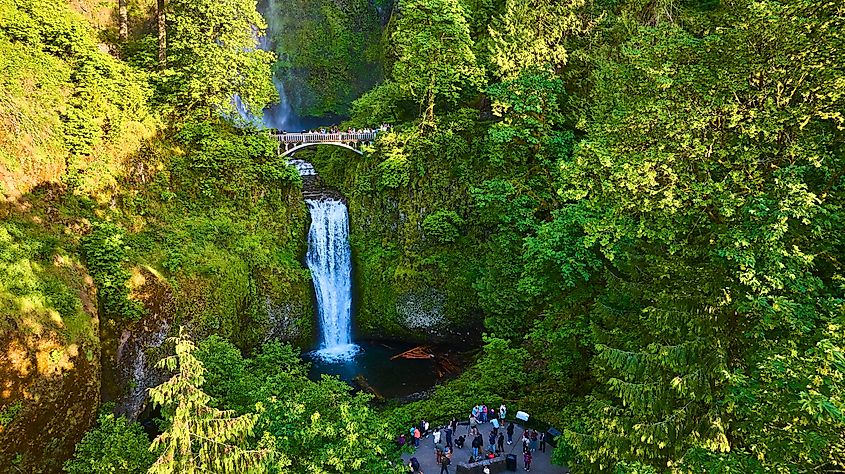
The Columbia River Gorge is a stunning natural canyon that stretches for over 80 miles along the Columbia River, forming the border between Oregon and Washington. It terminates just east of Portland and stretches into the interior of the state.
Renowned for its dramatic landscapes, the gorge is home to towering cliffs, untouched forests, and numerous waterfalls, including the ever-popular Multnomah Falls.
Visitors can explore it via various footpaths, scenic viewpoints, and the Columbia River Scenic Byway, which offers 360-degree views of the river below and surrounding mountain ranges in the distance. It is also a popular destination for outdoor activities such as windsurfing, kayaking, and nature watching.
For many, a simple drive down Interstate 84, which runs through the canyon, is a scenic experience on its own.
Keep Portland Weird
Portland is one of the most important cities on America's Pacific coast. It may not be as big and wealthy as Seattle or Los Angeles, but its little brother status is truly what sets it apart from the rest. Self-admittedly weird, Portland doesn't even try to fit in in many ways and has been a magnet for outside thinkers and artists alike for some decades now.
With everything you could want from a big city, including a handful of professional sports teams, restaurants serving cuisines of all kinds, and abundant jobs, both blue and white-collar, The Rose City (yet another of several nicknames for the Portland) exemplifies the diversity that makes the United States the free and fascinating country it currently is.

